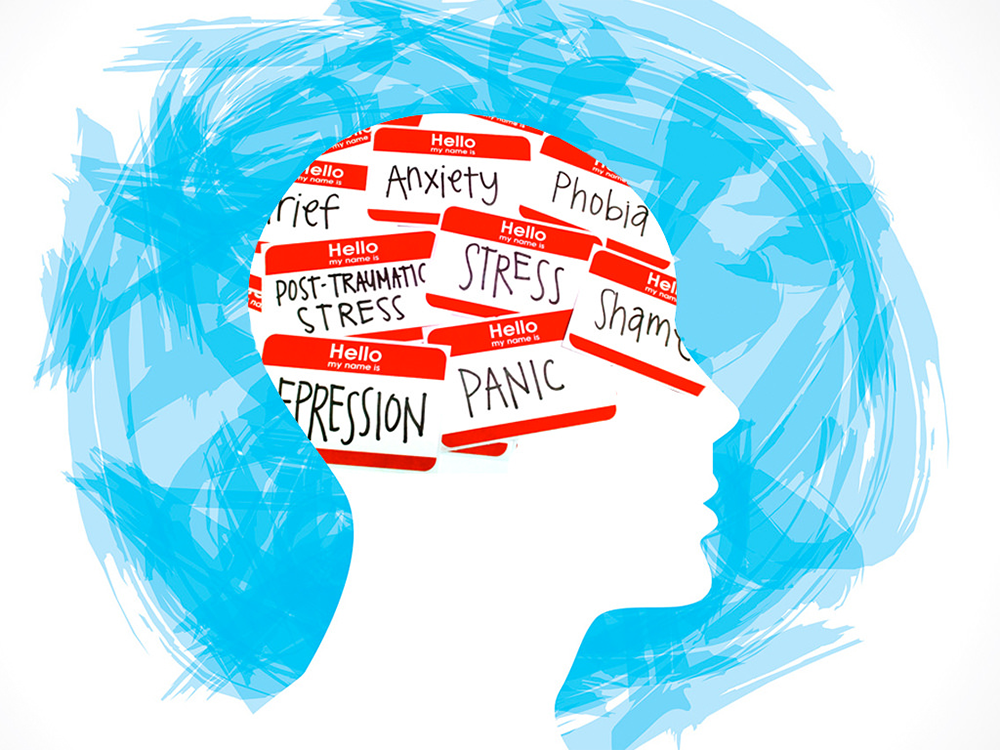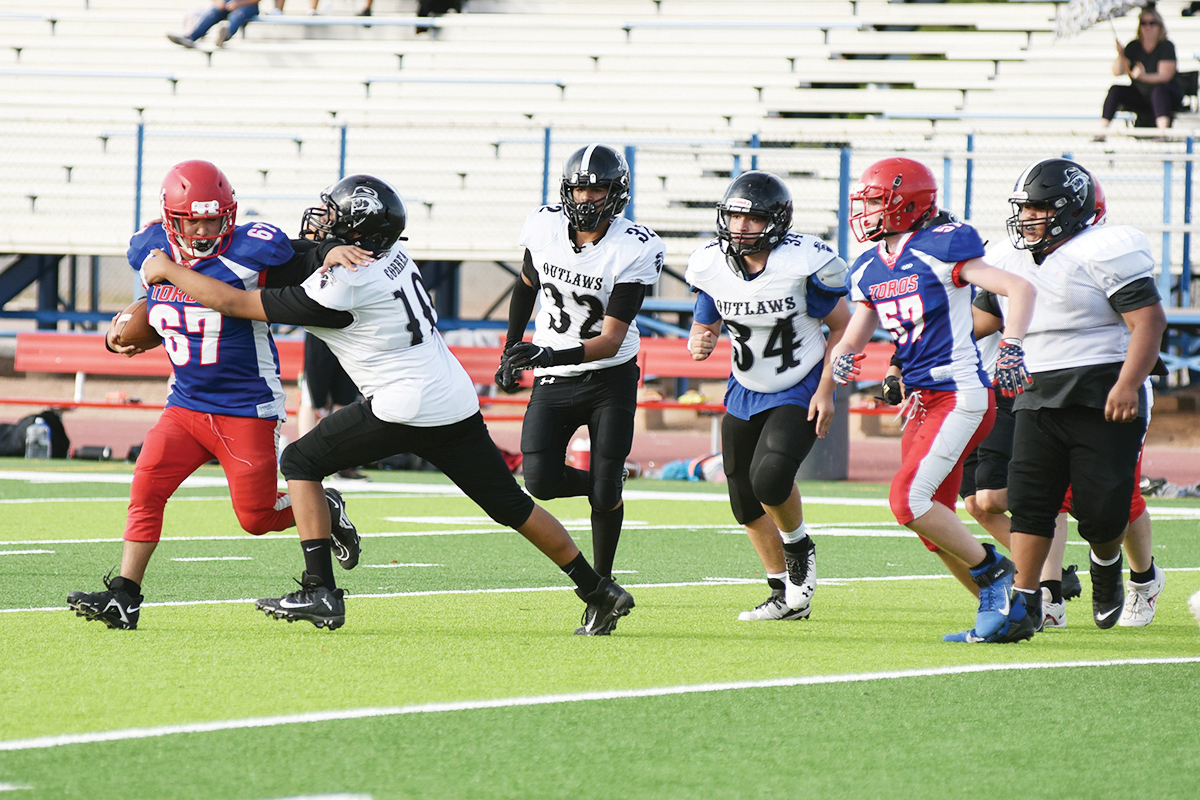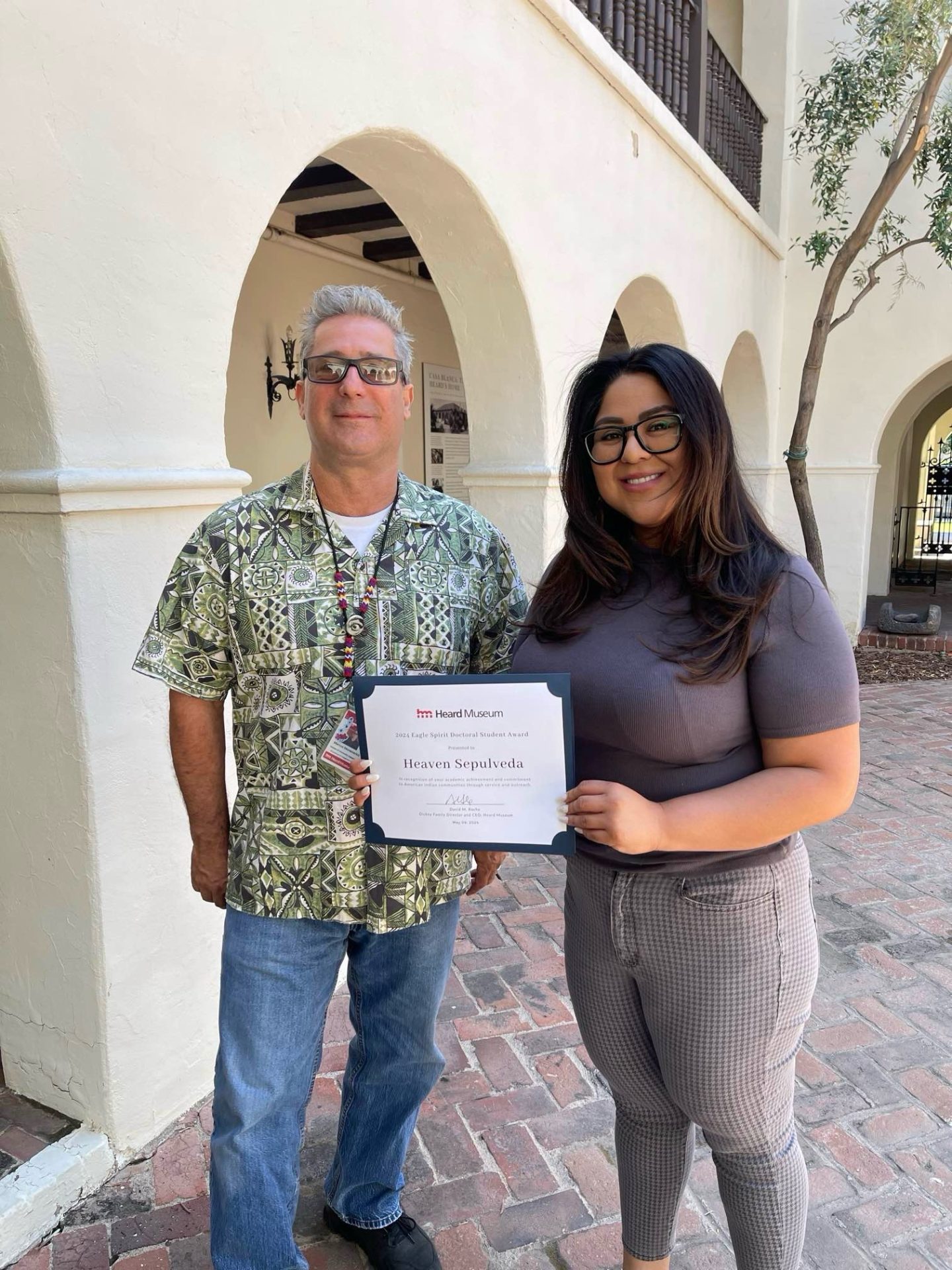VIEWS: 496
August 23, 2024SRPMIC Hosts Webinar on Adolescent Mental Health
Nearly 100 guests attended the Salt River Pima-Maricopa Indian Community’s webinar on understanding adolescent mental health on July 30. The presentation was hosted by Melanie Nosie, LMSW, Community health educator with SRPMIC Health and Human Services Prevention and Intervention Services.
The presentation detailed the three stages of adolescent development—early, middle and late—and what is happening during each stage.
Depending on what stage they are in, adolescents also may be called children, kids or youth. It is not uncommon for young adults past age 18 to still be experiencing changes in their mental well-being. “A lot of times our young adults over the age of 18 are still going through a lot,” said Nosie. “This is a challenging time for some of our kids.”
Opening the presentation, Nosie began, “For girls, the early adolescent stage is tough.” This period begins at age 10 and ends at the beginning of the teen years, at 13. “Because of the changes to their body and mind, this is the time when they notice more things about themselves and others,” Nosie shared. Boys tend to understand more about themselves in the middle adolescent stage, which is between 14 and 17.
Nosie shared with the class that she is raising three children at home, two girls and a boy. “The two girls definitely have their moods, but overall my kids great,” she said. “Our kids nowadays have access to lots of different people and information, especially with social media. That’s a bit scary—not only for the kids, but for the parents/guardians,” she added.
We all experience life through different lenses, so it’s important to understand the various emotions we feel, Nosie explained. “When adults tell children, ‘I’ve been through worse,’ [adults need to understand that] it’s a different time for our youth nowadays. We have to listen to our children to better understand what they are feeling now, in today’s world. Of course, we can offer our views, but really this is their time to share what is going on. Sometimes it’s better to let them figure things out on their own. You can offer suggestions to them, but obviously we want our kids to grow into healthy adults who are able to make good decisions on their own.”
Adolescents struggling with their emotions could give in to peer pressure more often. Nosie suggested that adults should take an active approach to make sure adolescents are heard when they are expressing themselves. “Kids know when we [adults] aren’t listening; we have to make sure we pay attention to what they’re telling us,” she said.
Another indication that an adolescent may be struggling with their feelings and emotions is dressing differently in the hot summer months. Nosie stated, “If you notice your kid is wearing hoodies and long-sleeve shirts out in the sun, that could be a sign they are struggling. That could be a sign they are shutting down. Take the time to see how they’re feeling.”
Near the end of the webinar, Nosie detailed positives involving individual and group therapy. Therapy can take place with the adolescent and the parents separately, or sometimes both together with a trained therapist. The focus of therapy is to get adolescents and families talking, so they get to understand each other better, while creating a safe and supportive space for the adolescents to share their feelings. “No two families are the same,” Nosie said. “A therapist can make the decision on a health plan that works best for the child and family.”
Nosie thanked the group in the webinar for being active participants and provided a final thought on the journey that is helping improve our adolescents’ overall well-being: “We all face mental challenges at some point in our lives, and that’s okay. That doesn’t mean it can develop into a mental disorder. Therapy provides you with an opportunity to ask our children how they are feeling and to become more empathetic with them.”







